You guys know I’ve been on a quest for awhile now to find the best formula for an elite vertical. One of the best methods I’ve discovered is isometric training for vertical jump.
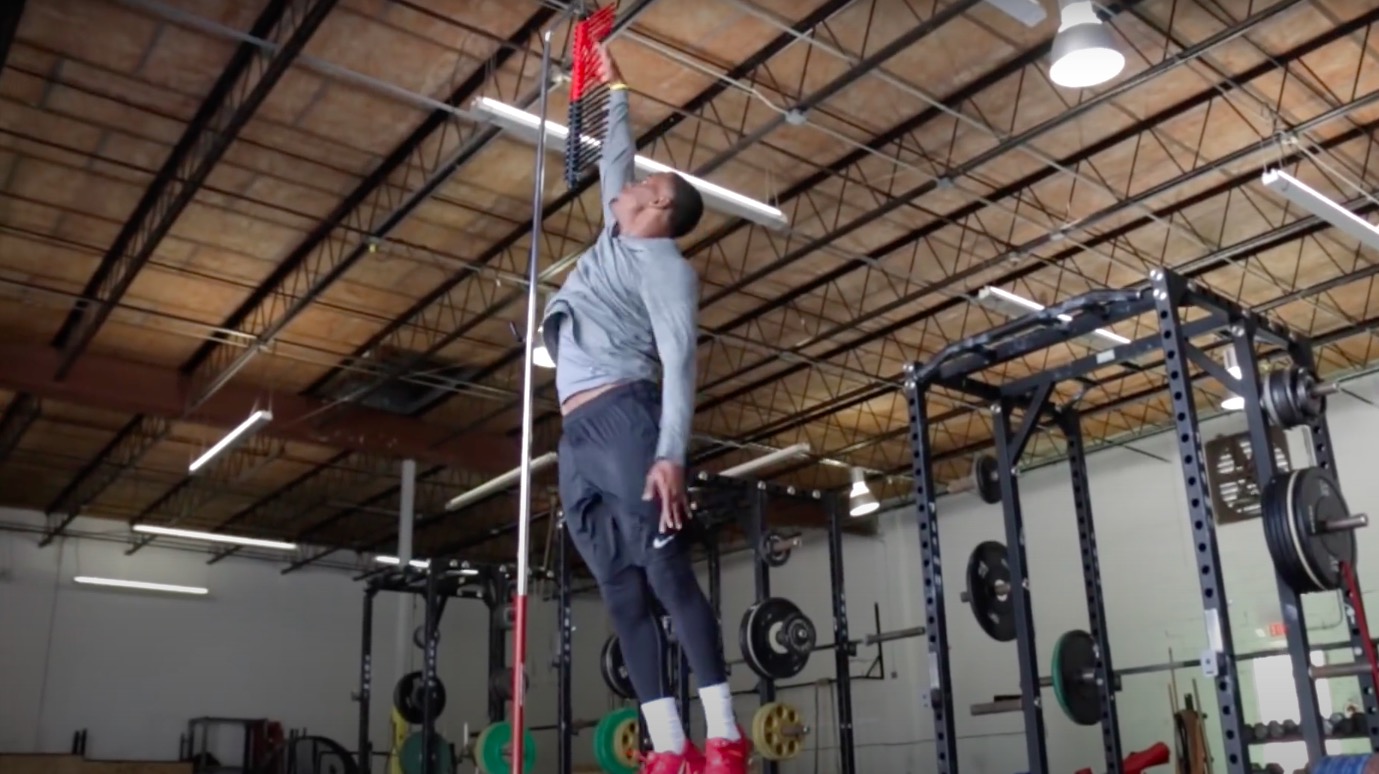
Most of this information is going to be available within my newest program, Elite Vertical Academy, so be sure to check that out as well.
I often get asked about why we perform isometric training for vertical jump? What’s the benefit?
Within the first phase of EVA, we use a lot of isometrics to activate the proper musculature which support you in the vertical jump. Think of this as turning on as many motor units as possible.
Today I’m going to get into the why and how of isometric training for vertical jump including the major benefits we’re looking to cultivate, as well as my favorite training modalities.
For even more info on this you can look into the key factors for vertical jump development.
But for now, let’s get into it.
BENEFITS OF ISOMETRIC TRAINING
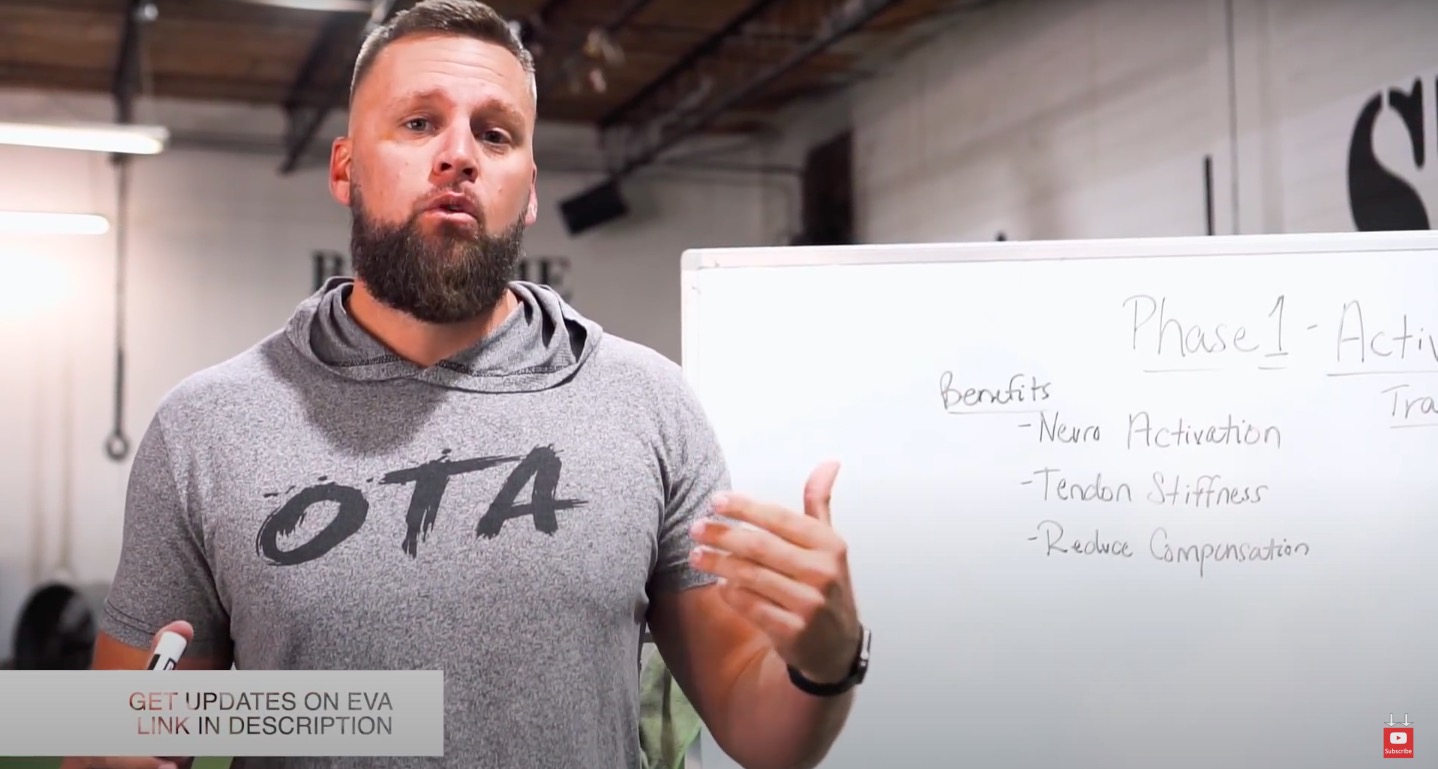
Think of this as the why.
Isometric training works to lay a strong foundation, upon which you become better equipped for powerful jumps.
These are just a few of the main benefits:
1. Tendon Stiffness –
There’s plenty of research that points towards plyometrics and other explosive modalities as being the best way to increase your vertical.
However, in own my experience, I’ve found that tendon stiffness is an indispensable strength to any athlete’s foundation.
Having tendon stiffness indicates that there’s a rigidity and strength of the tendons which allow you to absorb and produce great amounts of force. Isometric training does this better than any other modality.
2. Tendon Strength –
Tendons attach muscles to the bone. Having strength in your tendons allows for better control over movement.
Similarly, tendon strength contributes to increasing force absorption by creating a rubber band like effect. This supports you in the ability to rapidly transfer energy, which is so important in the vertical jump.
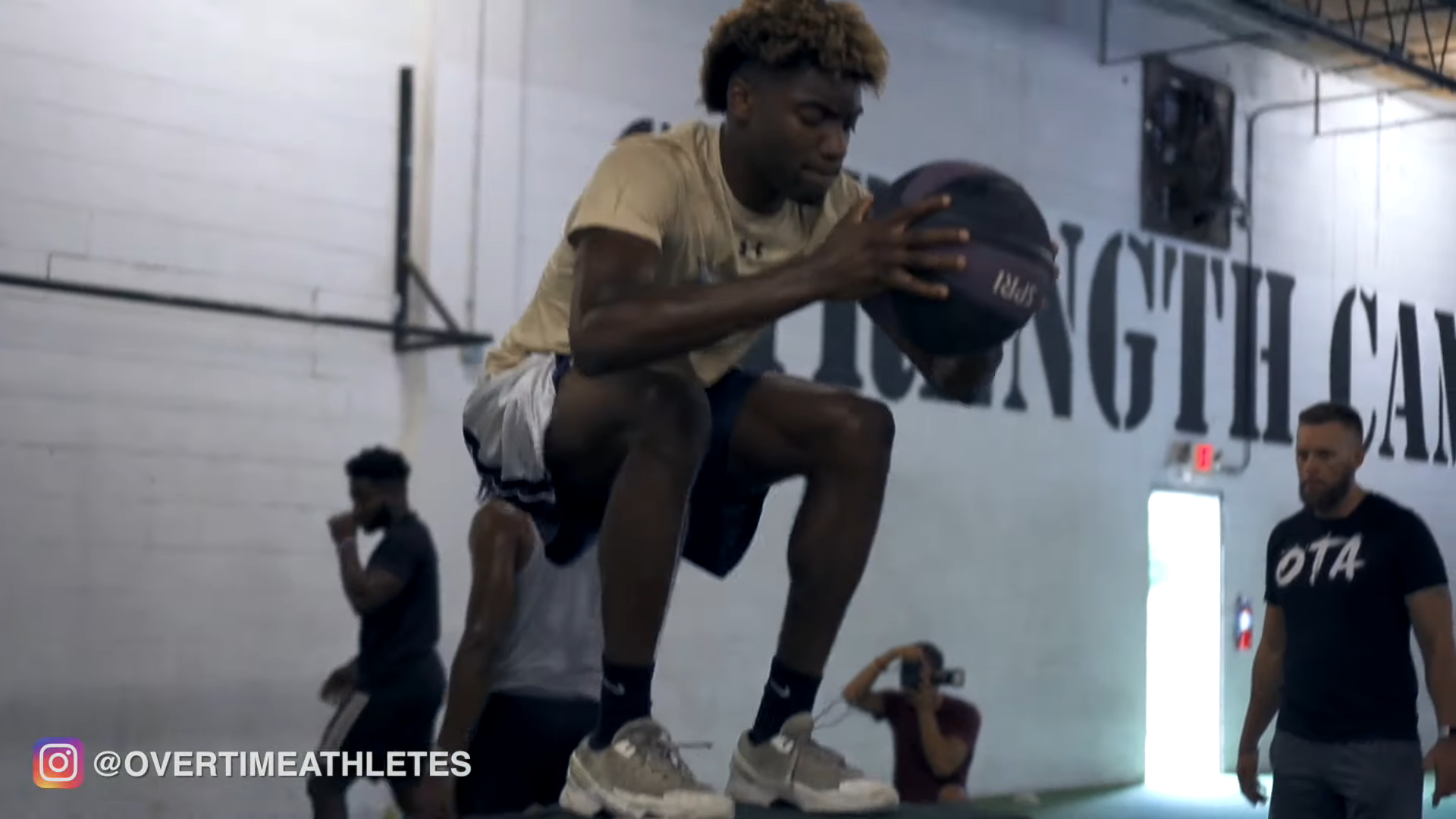
3. Reduce Compensation –
Let’s start with an example.
Imagine an athlete in a squat position. You’re asking them to drive their feet into the ground holding a static position from which they can create a ton of power, without great amounts of movement. This is the same position from which we hit a vertical jump.
A lot of guys tend to move very inefficiently and are knee dominant in their movement. By training with an isometric squat position, you’re teaching the athlete to fire the hips and glutes for power, rather than the knees.
It’s important to do this slow and controlled, teaching the hips to better transfer power and perform the same movement dynamically, now at maximal velocity.
ISOMETRIC TRAINING FOR VERTICAL JUMP
Think of this as the how.
Now let’s get into the means by which you’ll stress this modality or actually utilize isometric training for vertical jump.
There are two main ways we can do this: dynamically, and through strength movements.
1. Dynamically
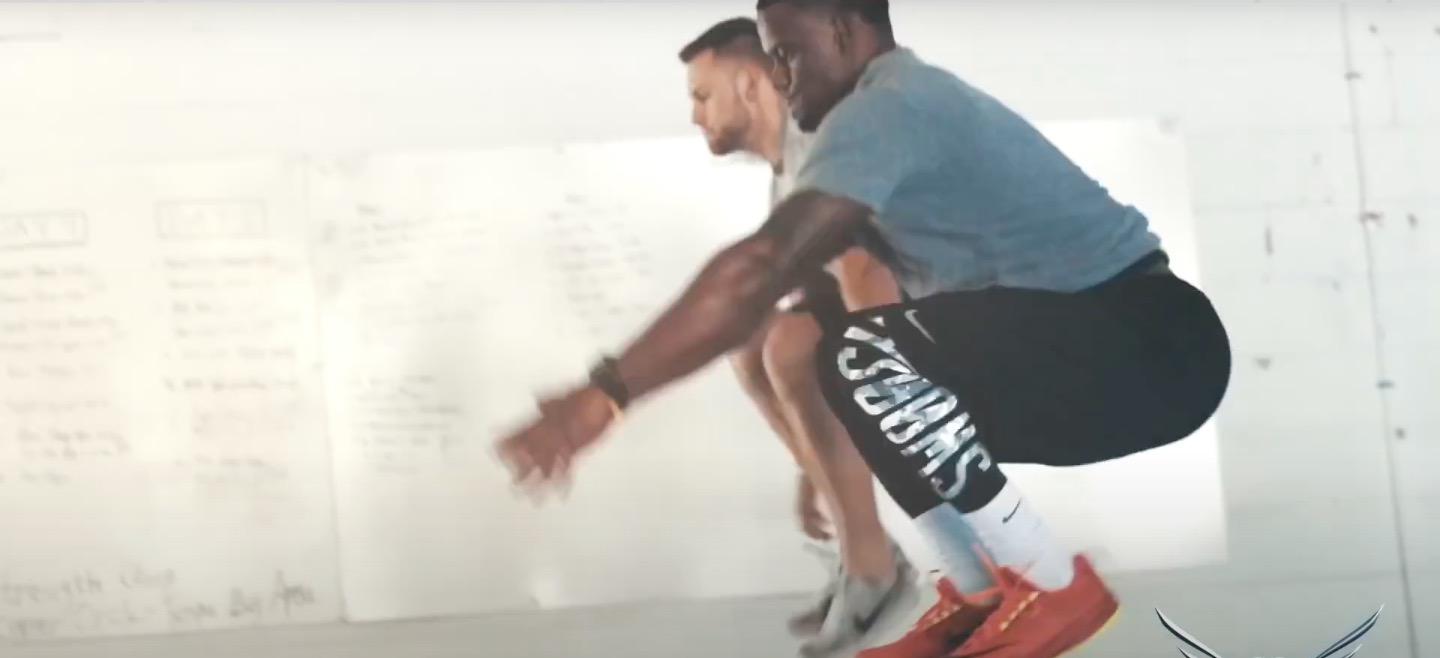
We’ll consider this your actual jump training, along with low level plyometrics. A few of the main ways I like to work these are through “Iso extremes,” Iso Holds, and Oscillatory movement.
- Iso Extreme: During an iso extreme, you’ll get into an isometric position such as a low lunge and hold for an extended period of time. These are excellent for training to reduce compensation and increase tendon stiffness. These function best to fire up the entire nervous system for maximum power.
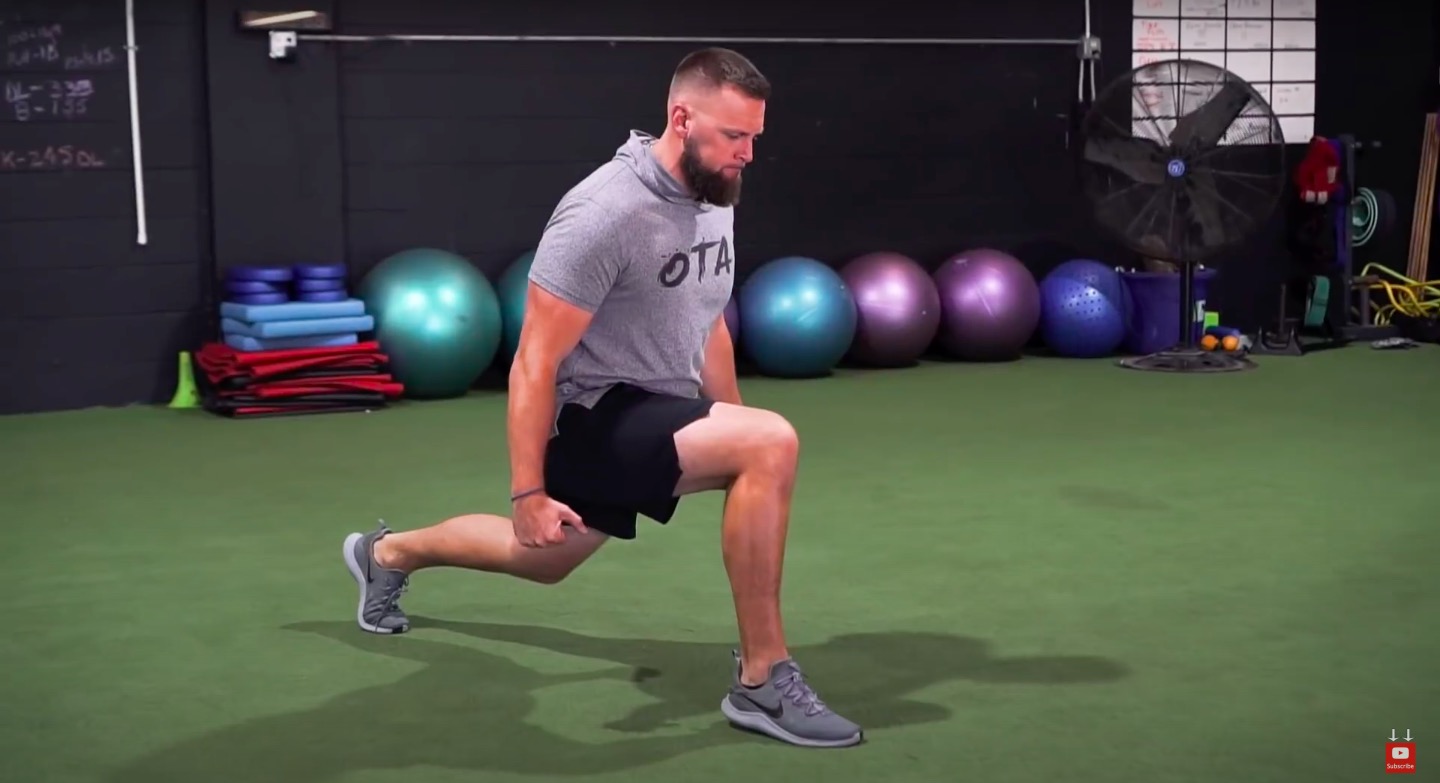
- Iso Holds: Iso holds are a similar modality, working at slightly different angles. Isometrics have been researched to transfer 10 degrees over the joint angle at which the athlete performs it. These are meant to be done with weights causing you to take on a slightly different angle.
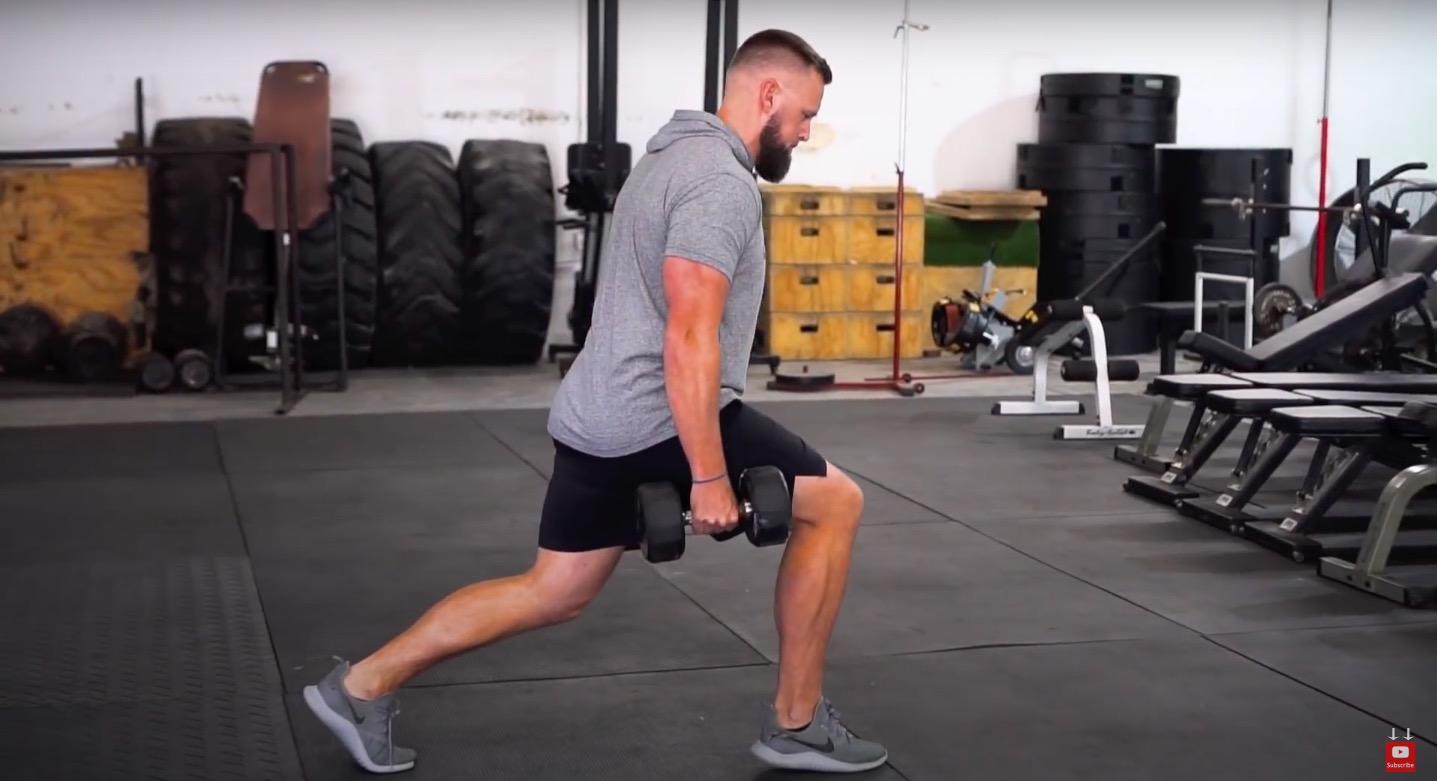
- Oscillatory Movement: Oscillatory movements may take the form of something called “low squat foot jumps” where you’re holding an isometric squat position, but continuing with rapid jumps off the ground. These are meant to focus on building tendon stiffness. Think of these as a rapid relaxation, and contraction of a muscle at a particular angle.

These can be done dynamically with body weight or you can use resistance such as a barbell or dumbbell.
2. Strength
Think of this as your traditional, triphasic compound lift.
While doing these, you should think of pausing at some point during the movement. My favorite isometrics for this phase are meant to elicit a strong nervous system response.
This might be a back squat, briefly pausing at the bottom.
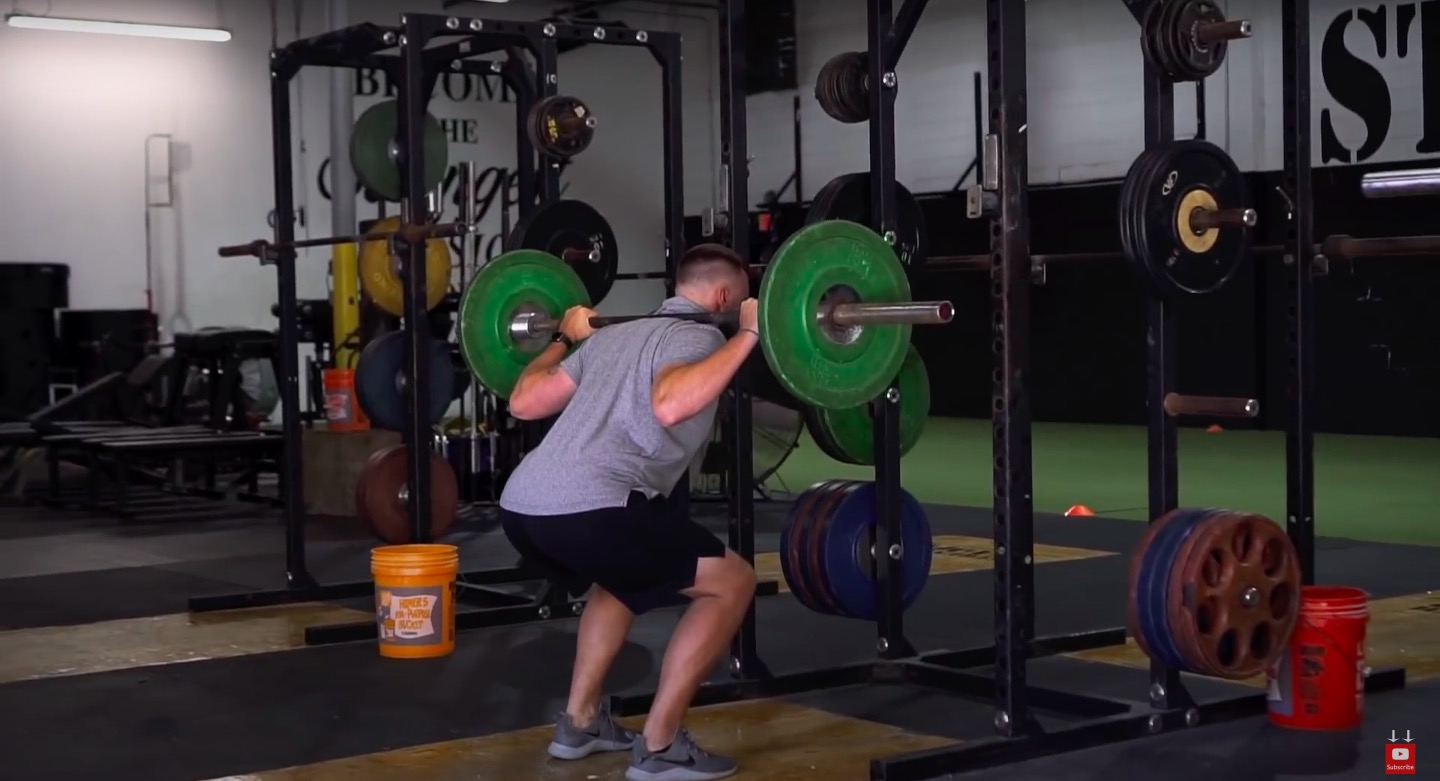
- Trap Bar Isometric Lunge: For a specific, grab a trap bar and flip the racks over on your squat rack. You’ll have one foot inside the trap bar and the other leg should be straight back behind you over the top. From here, position the trap bar so that it’s underneath the racks. You’re going to hold this position and drive that foot into the ground as if you’re trying to pull the trap bar up as it’s stopped by the racks.
PROGRAMMING ISOMETRIC TRAINING
If you have a coach who’s just randomly assigning isometric exercises and not programming an entire block for you, ask them why.
It’s so important to stress this particular modality to the max so as to receive all the benefits. If you’re just randomly adding isometrics in here and there, you’re not getting any stronger…
That’s why I’ve released a full program that will dedicate an entire phase of your training JUST on isometrics.
This will start bringing you major results and big hops.
If you’re tired of guessing when it comes to your isometric training for vertical jump, I recommend you check out the Elite Vertical Academy.
Within this, you’ll find everything laid out perfectly: reps, sets, proper phases, etc.
Isometric training is only the first phase we take on when shooting for that elite vertical.
To learn more about the next phase, and how you can add 8-12 inches to your vertical in just 16 weeks, hit the link down below